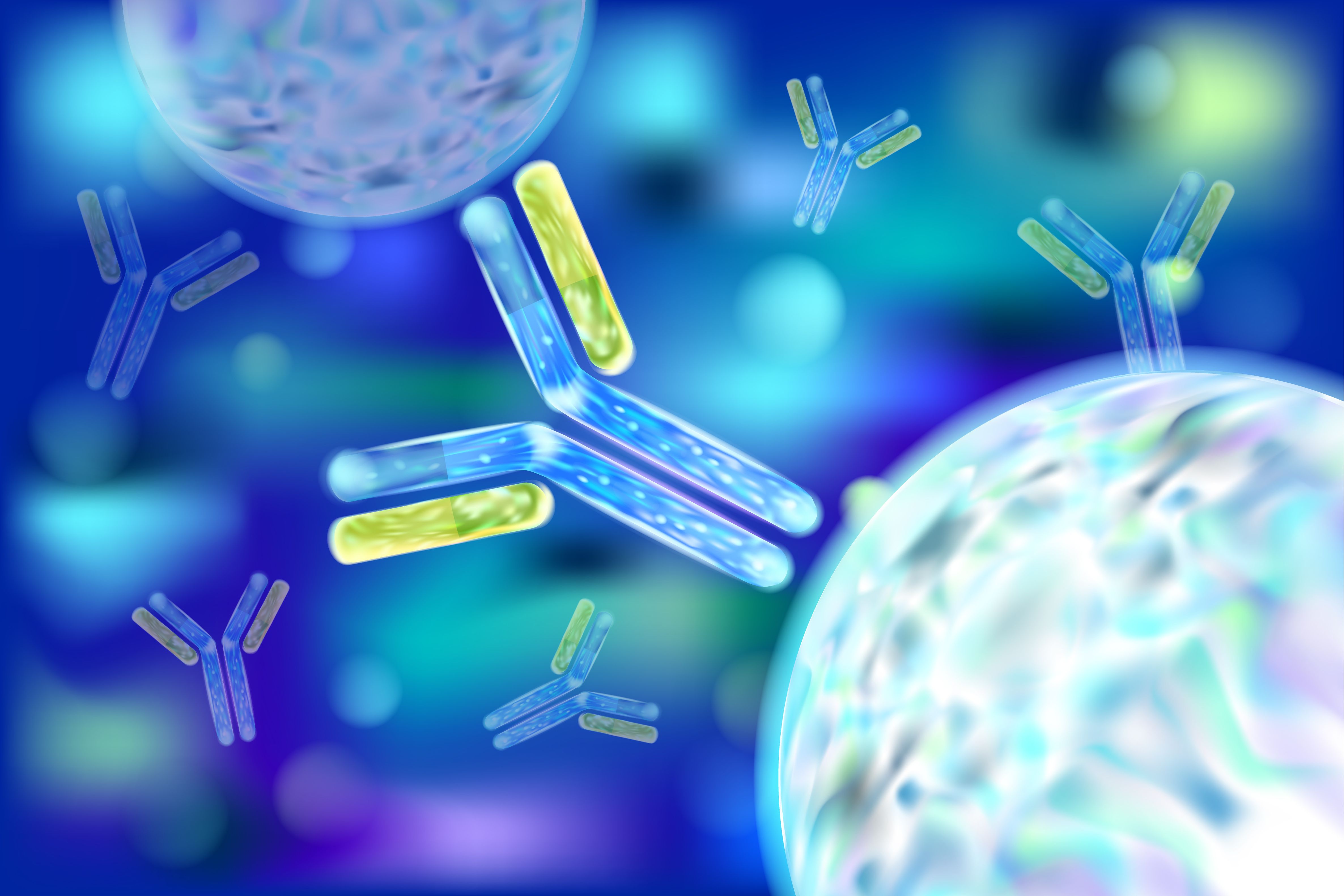Article
Child Thought to be Clear of HIV Now Has Detectable Disease Levels
Author(s):
More than 2 years after ceasing antiretroviral therapy, HIV is again detectable in "Mississippi baby."
More than 2 years after ceasing antiretroviral therapy, HIV is again detectable in “Mississippi baby.”
The promising results from early Combination Antiretroviral Treatment (cART) in infants born with HIV raised hopes that a functional cure had been achieved.
Those hopes were shattered on July 10, 2014 when it was announced the child known as the “Mississippi baby,” who was seemingly cured of the virus after being off treatment for 2 years with no evidence of disease activity, now has detectable levels of HIV, according to a press release from the National Institute of Allergy and Infectious Diseases (NIAID).
“Certainly, this is a disappointing turn of events for this young child, the medical staff involved in the child’s care, and the HIV/AIDS research community,” said NIAID Director Anthony S. Fauci, MD in the press release. “Scientifically, this development reminds us that we still have much more to learn about the intricacies of HIV infection and where the virus hides in the body. The NIH remains committed to moving forward with research on a cure for HIV infection.”
The Mississippi child, now almost 4-years-old, was born prematurely in July 2010 to a mother who had not seen a doctor during her pregnancy and was unaware she was infected with HIV. Her baby reportedly tested positive for the virus at 30 hours of age.
Soon thereafter, the infant began antiretroviral therapy with 3 drugs: zidovudine, lamivudine, and nevirapine, as opposed to the standard prophylactic treatment. One week after birth, the baby was discharged from the hospital and placed on antiretroviral therapy that included zidovudine, lamivudine, and co-formulated lopinavir-ritonavir.
Treatment of the infant ceased at the age of 18 months for undisclosed reasons.
When the child returned for further evaluation 5 months later, doctors anticipated finding high levels of the virus but instead found it to be nonexistent on standard tests. The child was later found to be free of the virus on standard HIV tests at the ages of 24, 26, 28, and 30 months, even without continuing antiretroviral therapy.
Unfortunately, during a routine clinical visit earlier this month, the child was found to have detectable HIV levels in the blood (16,750 copies/mL), according to the NIAID. An additional viral load blood test 72 hours later confirmed the finding (10,564 copies/mL of virus). The child was also found to have decreased levels of CD4+ T-cells and the presence of HIV antibodies were detected, which are signs of an active replicating virus in the body, the release stated.
The child has since resumed antiretroviral therapy and is tolerating the treatment with decreasing viral levels and no side effects, according to the NIAID.
Following the “Mississippi baby” clearing the virus after early treatment, another infant was able to achieve similar results. On March 5, 2014, a team of researchers announced at the annual Conference on Retroviruses and Opportunistic Infections that a 9-month-old child in Long Beach, California, was clear of the virus after beginning cART just 4 hours after being born.
Researchers will now assess how the “Mississippi baby” was able to remain off treatment without detectable virus or immunologic response for 2 years and how the period of remission without antiretroviral therapy may be extended for a longer duration.
“The case of the Mississippi child indicates that early antiretroviral treatment in this HIV-infected infant did not completely eliminate the reservoir of HIV-infected cells that was established upon infection but may have considerably limited its development and averted the need for antiretroviral medication over a considerable period,” Dr. Fauci said in the release. “Now we must direct our attention to understanding why that is and determining whether the period of sustained remission in the absence of therapy can be prolonged even further.”






